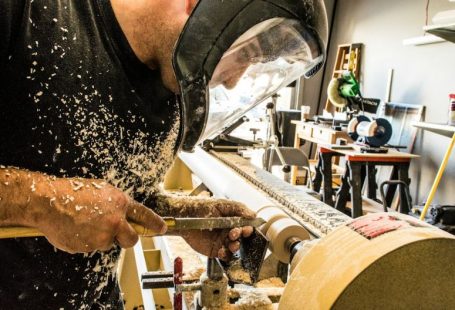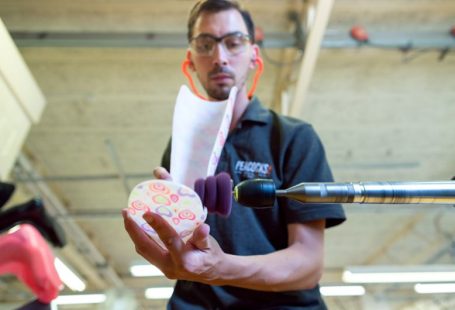Wood carving is a centuries-old craft that has evolved over time, with artisans continually seeking ways to merge tradition with modern techniques. As sustainability becomes an increasingly pressing global issue, many industries are looking for eco-friendly practices to reduce their environmental impact. In the realm of wood carving, are there any eco-friendly practices being adopted? Let’s delve into this question and explore the possibilities of incorporating sustainability into the art of wood carving.
### Traditional vs. Eco-friendly Wood Sourcing
One of the primary concerns in wood carving is the sourcing of raw materials. Traditional wood carving often relies on the use of exotic or endangered woods, leading to deforestation and habitat destruction. However, in recent years, there has been a growing movement towards using sustainably sourced wood for carving projects. Artisans are now turning to reclaimed wood, salvaged from old buildings or furniture, as well as wood from responsibly managed forests certified by organizations such as the Forest Stewardship Council (FSC). By choosing these eco-friendly alternatives, wood carvers can help reduce the demand for new timber and promote the conservation of forests.
### Water-based Finishes and Sealants
Another eco-friendly practice in wood carving involves the use of water-based finishes and sealants instead of traditional chemical-laden products. Conventional wood finishes often contain volatile organic compounds (VOCs) that can release harmful gases into the environment during and after application. In contrast, water-based finishes are low in VOCs, making them a more environmentally friendly choice. These finishes provide a durable and protective coating for wood carvings while minimizing the impact on air quality and human health.
### Waste Reduction and Recycling
Wood carving inevitably generates waste in the form of wood shavings, offcuts, and scraps. To reduce waste and promote recycling, many wood carvers have implemented creative solutions in their workshops. Some artisans collect wood shavings and sawdust to use as mulch in gardens or as filler for compost bins. Others repurpose offcuts and scraps to create smaller decorative pieces or functional objects, minimizing the amount of wood sent to landfills. By adopting these waste reduction practices, wood carvers can contribute to a more sustainable approach to their craft.
### Energy-efficient Tools and Equipment
In the realm of wood carving, tools play a crucial role in shaping and sculpting wood. Traditional power tools used in carving can be energy-intensive and contribute to carbon emissions. To address this issue, some artisans have started to explore energy-efficient alternatives, such as hand tools powered by human effort rather than electricity. Hand tools not only reduce the environmental impact associated with electricity consumption but also offer wood carvers a more tactile and intimate connection to their craft. By incorporating hand tools into their practice, artisans can embrace a more sustainable approach to wood carving.
### Community Engagement and Education
Promoting eco-friendly practices in wood carving also involves community engagement and education. By sharing knowledge and resources with fellow artisans, wood carvers can collectively work towards a more sustainable future for their craft. Hosting workshops on sustainable wood sourcing, waste reduction techniques, and eco-friendly finishes can help raise awareness and inspire others to adopt environmentally conscious practices. Additionally, collaborating with local organizations focused on conservation and forestry can further enrich the dialogue on sustainability within the wood carving community.
### Embracing Sustainability in Wood Carving
As the world grapples with environmental challenges, the art of wood carving is not exempt from the call for sustainable practices. By embracing eco-friendly approaches to sourcing materials, using water-based finishes, reducing waste, incorporating energy-efficient tools, and engaging in community education, wood carvers can play a vital role in fostering a more environmentally conscious craft. Through these efforts, artisans can preserve the rich tradition of wood carving while also contributing to the preservation of our planet’s natural resources. The integration of sustainability into wood carving is not only a choice but a responsibility towards future generations and the health of our planet.





